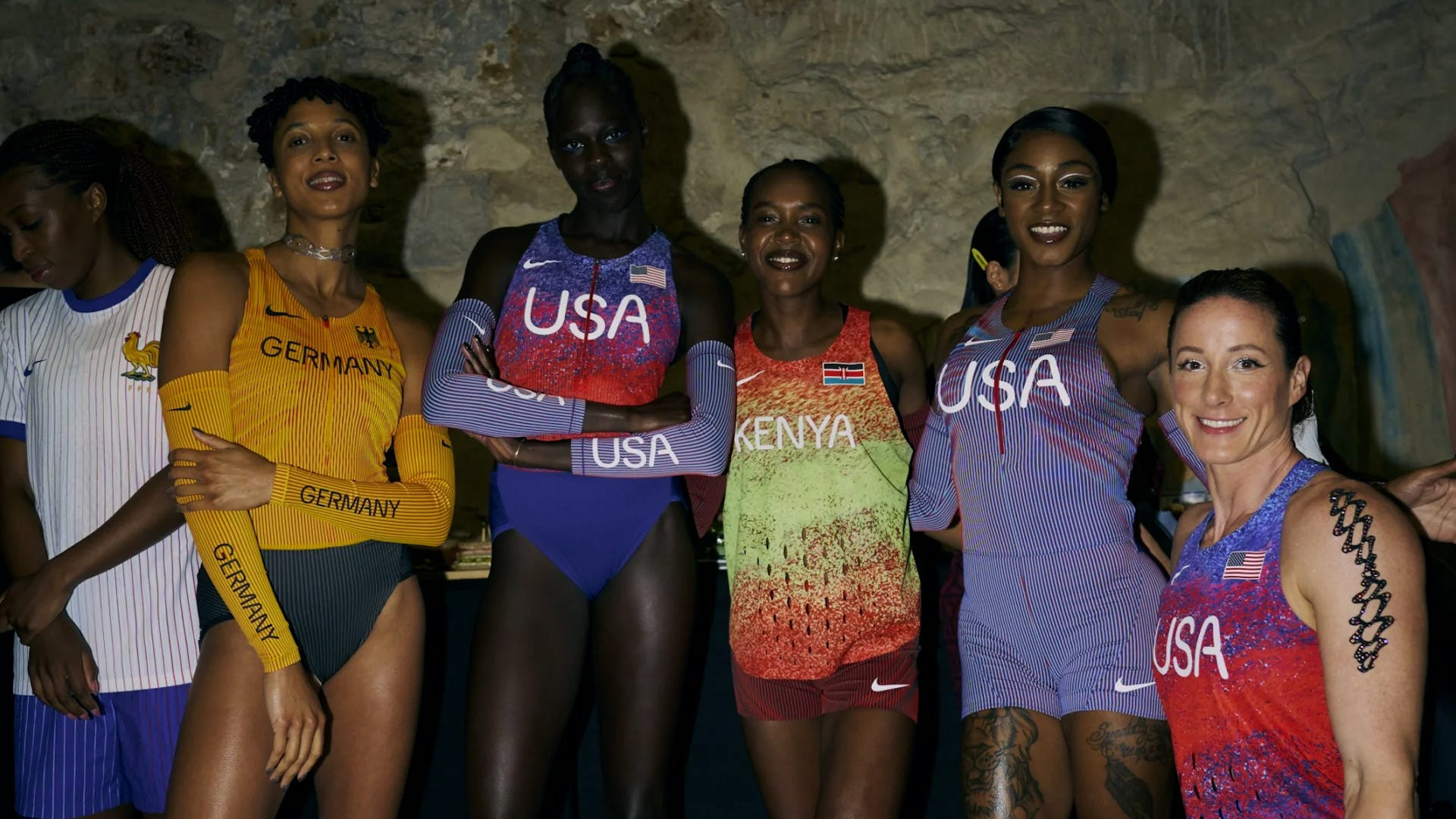Nike’s unveiling of the potential uniforms for Team USA’s track and field athletes at the Paris Olympics this summer has ignited a significant online debate. The design, particularly the women’s version, has drawn criticism for being too revealing, while others defend athlete choice in uniform selection.
The controversy began when Citius Magazine, a running publication, showcased the Nike kits intended for the U.S. track and field team. The image of the women’s uniform – a red and blue striped leotard emblazoned with “USA” – quickly sparked a flurry of comments criticizing its minimalist design. Critics argued the uniform was excessively skimpy. Prominent athletes, including Olympic pole vaulter Katie Moon and former track and field competitor Lauren Fleshman, joined the discussion, further amplifying the debate. Runner Philly Bowden sarcastically suggested Nike simply took the “old USA kit, and make it ✨less✨”.

Nike’s Usa Track Uniform for the 2024 Paris Olympics is under scrutiny for its design, sparking debate about appropriateness and athlete choice.
In response to the growing criticism, Nike directed inquiries to their official statement published in an article about the uniforms. The company asserted that these uniforms are “the most athlete-informed, data-driven and visually unified the company has ever produced.” Nike emphasized that the designs aimed to reflect the “distinct identities and diverse communities each country and sport represent.” The core objective, according to Nike, was to empower athletes by offering uniforms that prioritized “choice, comfort and performance.” They claim this goal was achieved across all sports for which they designed Olympic apparel, including track and field.
John Hoke, Nike’s chief innovation officer, stated in the article that the Paris 2024 track and field kits are designed to provide athletes with a diverse range of silhouettes. These options are tailored to suit various sport disciplines, body types, and sizes, with a focus on maximizing both performance and breathability. Nike highlights the availability of nearly 50 unique track and field uniform options, including the debated leotard, for both men and women. Athletes are given the autonomy to select outfits or combinations that best align with their personal style and preferences. Track and field athlete Anna Cockrell shared in a news release, “I’ve had the opportunity to share feedback and insights that helped inform the new USATF Kit. During testing, this fit allowed me to move freely and without distraction, and I love how the look represents Team USA.”
However, the online commentary from athletes revealed mixed reactions. Queen Harrison Claye humorously questioned if European Wax Center would sponsor Team USA, implying the uniform’s design necessitates extensive hair removal. Jaleen Roberts echoed concerns about potential exposure during athletic movements. Angello Malefakis criticized Nike for treating women as “second class citizens” with the Olympic outfits. Lauren Fleshman reposted the uniform image, questioning the support it would receive from WNBA or NWSL teams. She argued that women’s kits should prioritize both physical and mental performance, suggesting the design was driven by “patriarchal forces” rather than athletic necessity.

Debate intensifies around the Nike USA track and field uniform, as athletes and commentators express diverse opinions on the design’s functionality and representation.
In contrast, runner Sinclaire Johnson dismissed the online criticism, stating that Nike involved athletes in kit testing and assured that the bottoms appear different on athletes than on mannequins. Katie Moon defended the uniform options, emphasizing that athletes have access to around 20 different uniform combinations, including men’s options if preferred. Moon personally expressed a preference for less fabric in hot and sweaty conditions. She underscored the importance of athlete autonomy in uniform choice, advocating for support regardless of whether an athlete feels best in minimal clothing or more coverage. The controversy surrounding the USA track uniform ultimately highlights the differing perspectives on athletic wear, balancing design aesthetics with athlete comfort and performance needs, while also raising questions about representation and choice in women’s sports.
